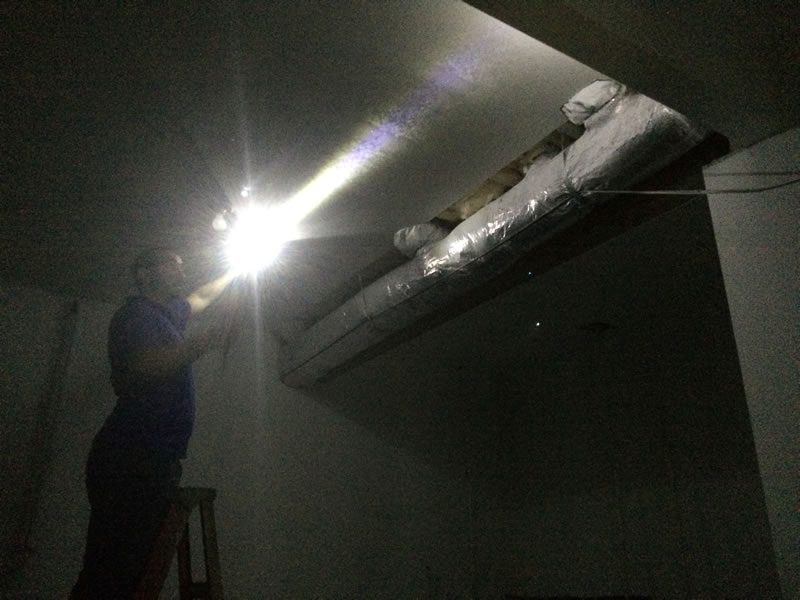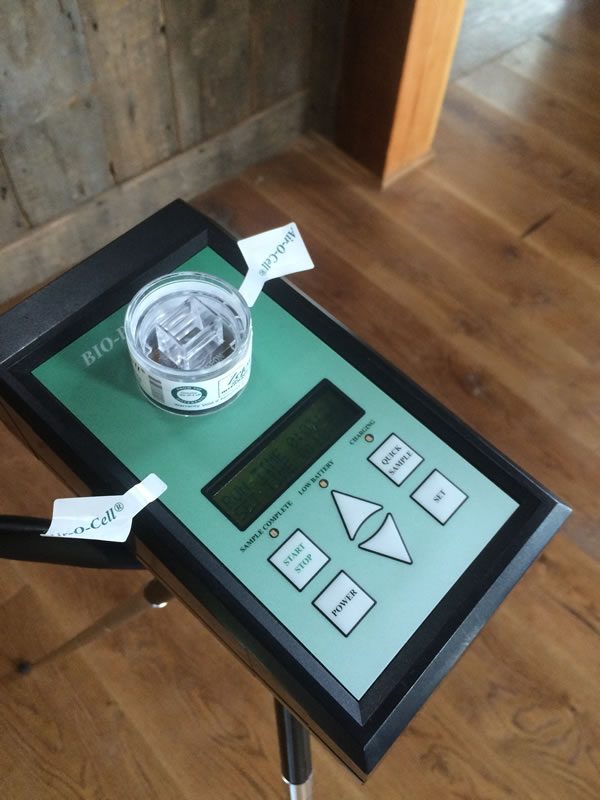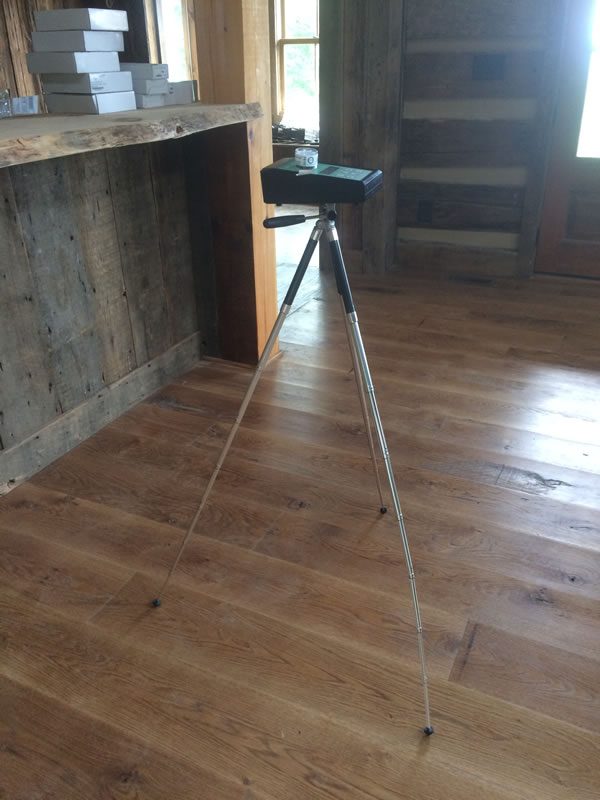Many people cringe when the word “mold” is mentioned in relation to a house. Mold is used in positive ways in so many aspects of our lives today including medicine, foods, etc. But when it comes to our homes mold is not good. The wrong mold can wreak havoc on our lives, our allergies and the decay of our homes.
We go in so many homes and buildings and are immediately confronted with the smell and reaction to mold. Our sinuses clog, our throats get scratchy and our eyes begin to water. Mold is so prevalent in the Southern Appalachians because we have so many homes adjacent waterways, we live in dense forests where the sun cannot penetrate, and we get so much rain!!! Those are all positive things, but we need to deal with the side effect of Mold. Mold is a fact of life in our region of the country. Be aware that mold will grow almost anywhere that has the right conditions. The steps to take if you feel you have mold:
- try to locate the moisture in your home and how is it getting inside
- contact a professional to identify and eradicate it from your home, and
- get educated on how to keep water out and prevent mold from growing in the future.
Hiring a professional mold expert is only the first step in correcting and preventing future mold infestations. controlling moisture entering your home is the main key to staying mold free.
Over the years, I developed terrible allergies to mold. I finally went to an allergist and went through the shots and neutralization process. It worked but I am still very sensitive to certain molds that occur within homes and buildings. If I notice a distinctive smell or have a physical reaction indicating mold, I raise the red flag immediately. Molds can be both airborne and surface. Airborne are the most dangerous. We once completed a mold analysis in a client’s home and the infrared photos of the rooms showed stalactites of mold hanging 36” from the ceilings not visible to the bare eye. When tested, they determined there was pharmaceutical grade penicillin growing in their crawlspace!
Allergies are so common today and making our homes safe from allergens is so important. Most mold occurs in basements, crawlspaces and any location where water is getting in. It is the responsibility of a homeowner to check their home regularly, clean out gutters, valleys on your roof, and any area that would cause water diversion or backup. If your gutters go into drainpipes in the ground that takes the water away from your house, you need to make sure you keep them cleaned out. Animals love to get in drainpipes especially when they are buried.
Selecting floor finishes in basements is also important. Carpet in basements is a negative because they harbor moisture and mold. It is always best to consider a floor finish that will help become a vapor barrier plus be sanitary and easy to clean should water get inside. The new generation of vinyl planks or tiles that click together are a great choice. If you do get mold in your home, anything in your home that is fabric like mattresses, sofa cushions, draperies or rugs could be contaminated and need to be sterilized or discarded. Occurrence of mold is a very serious situation and will need to be handled quickly when you first realize you have it. It will not get better on its own – it will continue to grow and contaminate more and more of your home and furnishings.



